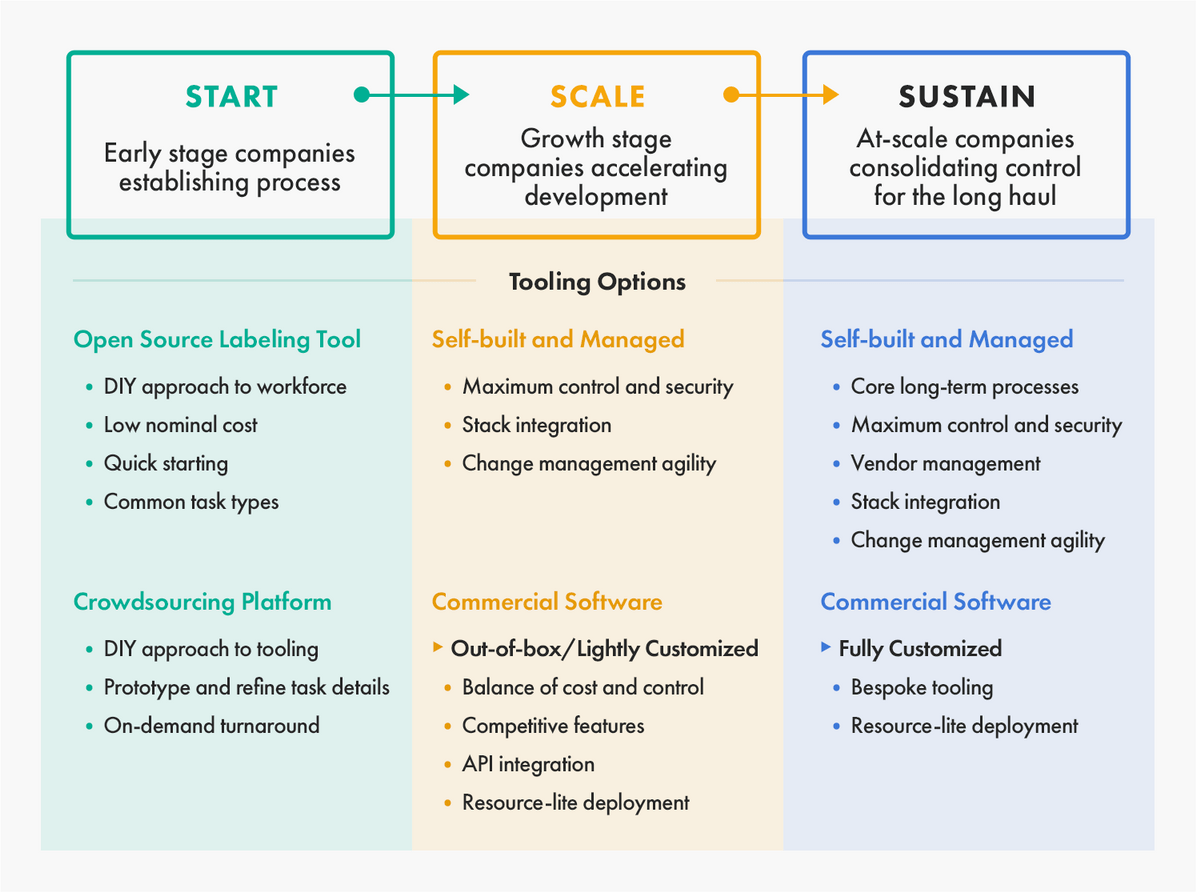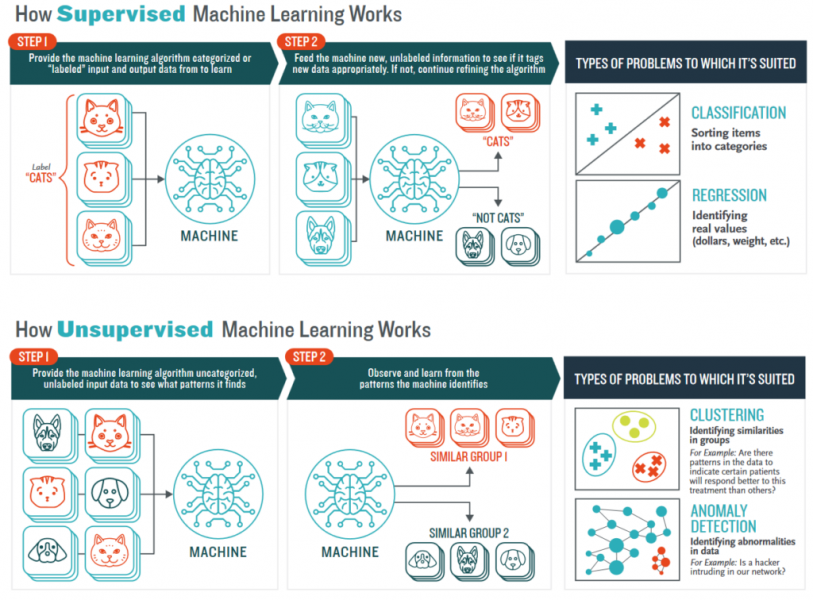Why You Need Data Annotations | And Why ChatGPT Isn't Enough
Whether it’s computer vision, natural language processing, or predictive analytics, your AI model is only as good as the data it learns from. However, raw data alone won’t get you far. Without data annotations, even the most advanced AI fails to deliver accuracy and reliability. Annotated data bridges the gap between human understanding and machine interpretation, ensuring models learn patterns effectively.
Importance of Data Annotations
Machine learning models don’t understand data the same way humans do. Namely, they rely on patterns and statistical relationships, which are only identifiable if the data is properly labeled. Annotated data provides the ground truth that helps models learn and predict with precision. Without accurate labels, a model risks misclassifying inputs, leading to unreliable outputs.
Generic AI models like ChatGPT are trained on broad datasets but lack domain-specific expertise. Data annotations enable customization, ensuring the AI understands a certain industry, language, or problem set. Annotation identifies and corrects inconsistencies in raw data, improving the overall quality and reliability of training datasets.
Limitations of ChatGPT
There’s no doubt that ChatGPT is a powerful tool for many tasks, but it has limitations that make it unsuitable as a stand-alone solution for training machine learning models. While ChatGPT excels in certain areas, it falls short due to its limitations in others.

Benefits of Combining Annotated Data with Tools like Chatbots
ChatGPT can serve as a useful tool for augmenting workflows, but it cannot replace the role of expertly annotated data. By combining annotated data with tools like chatbots, projects can benefit from improved accuracy and domain-specific focus.
Steps for Effective Annotation
To get the most from your AI models, you can follow these steps for effective annotation:
- Understand your model’s goals
- Select tools that fit your requirements
- Choose between human and automated annotation
- Implement quality control processes
- Scale up to annotate large datasets efficiently
Skipping annotation or relying on pre-trained models without customization can result in errors and reduced performance in AI models.
Industries Leveraging Annotated Data
Several industries rely heavily on annotated data to achieve breakthrough AI results, including healthcare, finance, retail, and automotive sectors.

Conclusion
While ChatGPT is a versatile and impressive tool, it can’t replace the depth and specificity that annotated datasets provide. By investing in high-quality data annotations, you can ensure your AI models are accurate, reliable, and capable of tackling complex, domain-specific challenges.
Disclaimer: The content on this site should not be considered investment advice. Investing is speculative. When investing, your capital is at risk.
Data annotation is the process of labeling or tagging data to make it understandable for machine learning models. It involves marking text, images, audio, or video with relevant labels to help AI learn patterns and make accurate predictions.
No, ChatGPT can’t replace data annotation. While ChatGPT is great for general-purpose tasks like text generation, it can’t annotate raw data or create structured, domain-specific training datasets.

Industries like healthcare, finance, retail, and automotive rely heavily on annotated data for tasks such as diagnosing diseases, fraud detection, personalized marketing, and enabling autonomous vehicles.
Use ChatGPT for brainstorming, rapid prototyping, or conversational interfaces, and rely on annotated data for training AI models tailored to your specific use cases. This hybrid approach maximizes efficiency and precision.
The cost of data annotation depends on the complexity and scale of the task. Automated annotation is more cost-effective but may require human review for high accuracy. Investing in quality annotation pays off by improving AI performance and reducing errors.




















